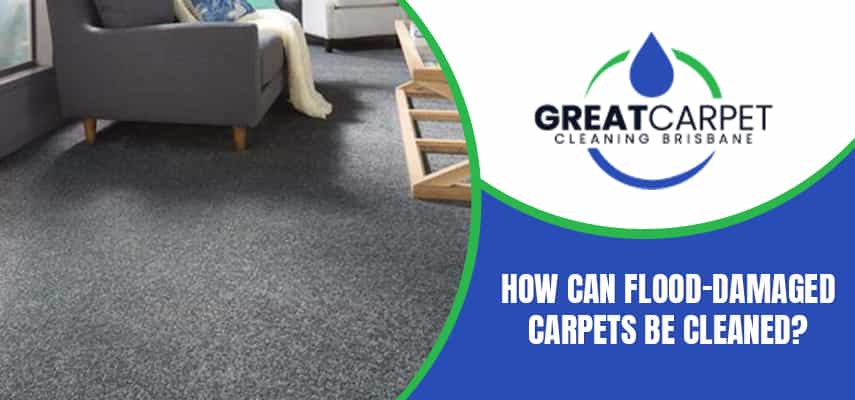Grass stains on carpets are an unexpected nuisance, whether they result from kids playing outside or pets tracking in mud and grass. These stains can be tricky to remove due to the natural dyes found in grass. But don’t worry—removing grass stains is easier than you think if you act quickly and follow the right methods. Here’s a step-by-step guide to help you eliminate grass stains and restore your carpet to its original state.
Why Grass Stains Are Tough to Remove
Grass contains chlorophyll, a natural pigment that binds tightly to carpet fibers. If not treated promptly, the stain can settle in, making it more difficult to remove over time. Acting fast is essential to prevent the stain from becoming permanent.
Step-by-Step Guide to Remove Grass Stains from Carpet
1. Blot the Stain Immediately
- Start by blotting the stained area with a clean, dry cloth or paper towel.
- Avoid rubbing, as this will spread the grass stain and push it deeper into the carpet fibers.
- Blot gently to absorb as much of the stain as possible.
2. Prepare a Cleaning Solution
- Mix one teaspoon of liquid dish soap with two cups of cold water.
- Add a tablespoon of white vinegar to the solution for extra cleaning power.
- Stir well to combine.
3. Apply the Cleaning Solution
- Dampen a clean cloth or sponge with the solution and gently blot the stained area.
- Work from the outside edges of the stain toward the center to prevent spreading.
- Blot the area with a dry cloth to absorb the moisture and loosened stain.
4. Use Baking Soda for Tough Stains
- Sprinkle baking soda generously over the stained area to help lift any remaining pigment.
- Lightly spray the area with water to create a paste and let it sit for 15-20 minutes.
- Gently scrub the area with a soft brush, then blot with a clean cloth to remove the paste.
5. Rinse and Dry
- After treating the stain, rinse the area with clean, cold water to remove any cleaning residue.
- Blot the area with a dry towel or let it air dry completely.
Tips for Effective Grass Stain Removal
- Test First: Always test cleaning solutions on an inconspicuous part of your carpet to ensure they won’t cause discoloration or damage.
- Avoid Heat: Don’t use hot water, as it can set the stain and make it harder to remove.
- Act Quickly: The sooner you address the stain, the easier it will be to remove.
Why Professional Carpet Cleaning May Be Necessary
If the grass stain persists despite your efforts, it may be time to call in the professionals. Local Carpet Cleaners in Brisbane have the tools, experience, and expertise to tackle even the toughest stains, ensuring your carpet looks as good as new.
Preventing Grass Stains on Carpet
- Use Mats or Rugs: Place mats at entry points to catch dirt and grass before it reaches your carpet.
- Regular Vacuuming: Clean your carpets frequently to prevent dirt and debris from settling.
- Clean Shoes and Paws: Encourage family members and pets to wipe their shoes or paws before coming inside.
Benefits of Regular Carpet Maintenance
- Prolongs Carpet Lifespan: Regular cleaning prevents stains and dirt buildup that can wear down carpet fibers over time.
- Enhances Appearance: Clean carpets improve the overall look and feel of your home.
- Improves Air Quality: Removing trapped dirt and allergens promotes a healthier indoor environment.
Quick Recap: Steps to Remove Grass Stains
- Blot the stain immediately to absorb excess moisture.
- Mix a dish soap and vinegar solution to tackle the stain.
- Apply the solution with a sponge or cloth, blotting gently to lift the stain.
- Use baking soda for stubborn stains and rinse thoroughly.
- Dry the area completely to prevent mold or mildew.
Conclusion
Grass stains on your carpet don’t have to be a source of stress. With quick action and the right cleaning techniques, you can remove the stain effectively and keep your carpet looking spotless. For deeper stains or regular maintenance, professional Carpet Cleaning services are always a reliable option. Trust Local Carpet Cleaners to handle tough stains and keep your carpets fresh and clean year-round.
Published on: February 15, 2025

